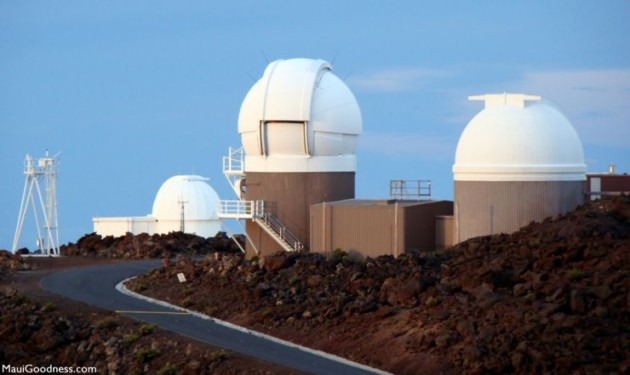

It also contains the velocities along the line of sight of a subset of seven million stars, the surface temperatures of about a hundred million, and the effect of interstellar dust on 87 million.
#Space news plus#
The comprehensive dataset provides a wide range of topics for the astronomy community.Īs well as positions, the data include brightness information of all surveyed stars and color measurements of nearly all, plus information on how the brightness and color of half a million variable stars change over time. "With these accurate measurements it is possible to separate the parallax of stars – an apparent shift on the sky caused by Earth’s yearly orbit around the Sun – from their true movements through the Galaxy," the ESA explains. For some of the brightest stars in the survey, the level of precision equates to Earth-bound observers being able to spot a Euro coin lying on the surface of the Moon. The new data release, which covers the period between 25 July 2014 and, pins down the positions of nearly 1.7 billion stars, and with a much greater precision. The first data release, based on just over one year of observations, was published in 2016 it contained distances and motions of two million stars. Gaia was launched in December 2013 and started science operations the following year. We did not expect this, but it became an important event," Mercè Romero, astrophysics professor and researcher at the ICCUB, explained. "When we published the second catalog, we found out that thanks to the data, a few weeks later we discovered the nano-galaxy that the Milky Way had swallowed. "We publish the data, so all scientists around the world can take their favorite galactic object and study it in depth," José Manuel Carrasco, astrophysics researcher at the University of Barcelona, said at the press conference. “The observations collected by Gaia are redefining the foundations of astronomy,” says Günther Hasinger, ESA Director of Science.Īlso new in this data set is the largest catalog yet of binary stars, thousands of Solar System objects such as asteroids and moons of planets, and millions of galaxies and quasars outside the Milky Way. The reality is that preliminary analysis of this data reveals "fine details about the make-up of the Milky Way’s stellar population and about how stars move, essential information for investigating the formation and evolution of our Galaxy," the ESA website reads. "Now is when we will see the important discoveries," she added.
#Space news download#
There were a lot of people waiting to download the data and start working with it," Carme Jordi, ICCUB researcher, told media outlets during a press conference. "One of the proofs of the importance of the star map is the worldwide expectation. The data is now publicly available for other researchers around the globe to study and find new discoveries. Catalan researchers have been part of this project, as investigators from the Institute of Cosmos Sciences of the University of Barcelona ( ICCUB) and members of the Catalan Institute of Space Studies (IEEC) joined in the data collection. The ESA has been collecting all this information thanks to the Gaia satellite. In total, they have new and improved details for almost two billion stars in our galaxy, which represent 1% of the Milky Way.
So, take up your citizen science mantle and upvote your choice of awesome.The European Space Agency (ESA) published its richest star map to date on Monday using a wealth of astrophysics data. If you want to help select what JUNO observes on Jupiter…you can! The JunoCam site allows the public to discuss, and vote on, what features on the planet would be the coolest. In each orbit (four have been completed so far), the craft buzzes the clouds of Jupiter at a relatively close distance, peering into this strange world to study its aurora (like the Northern Lights here on earth), and take measurements. The mission recently decided to forgo a burn maneuver that would have taken it from a 53-day orbit to a 14-day orbit, as the mission is collecting a ton of epic science as it is, and the longer orbit allows for more “bonus science.” Sounds good to us. It’s also taking beautiful new pictures, like this one:Īnd this incredible shot from above the planet’s south pole: JUNO, currently in orbit around Jupiter, is focused on the science of the big planet itself (versus the Moons), measuring Jupiter’s composition, gravity, magnetic field, and more. It’s called JUNO, and the spacecraft arrived at Jupiter in July of 2016 after being launched in 2011.


 0 kommentar(er)
0 kommentar(er)
